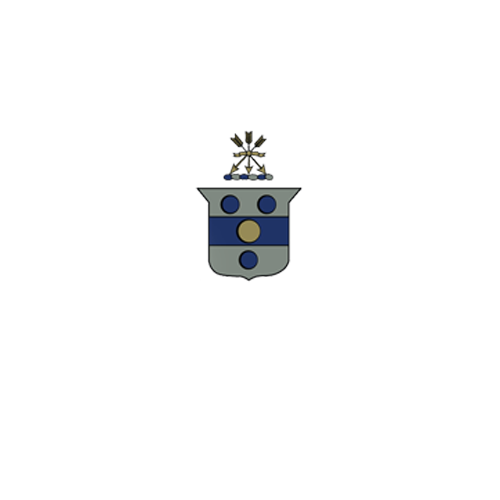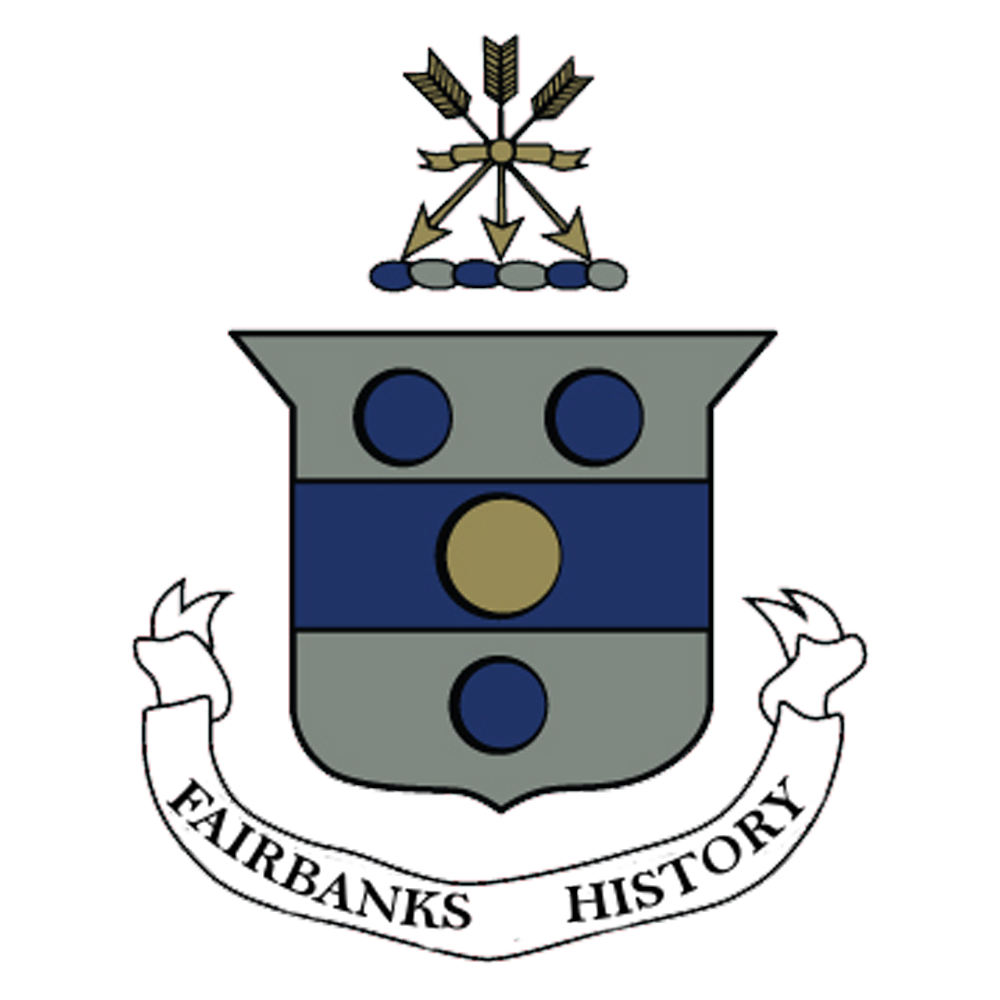Changing Times for the Fairbanks and Fairbanks Patriot Project
Timing is Everything
Welcome to The New Year
Glimpse into Made to Last Forever
Happy New Year
Changing the Calendar to Start a New Year
Did you ever wonder why the date of Jonathan Fairbanks joining Dedham was written March 23, 1636/37. Are they unsure of the correct year? No, the 1636/37 designation gives you more precise information. In my blog, I try to give you the facts and use the double designation for the overlapping dates of the old and new calendar. In Made to Last Forever, I use only the new calendar date. The book is meant to reach more people, those who don’t want to be bothered with details, but want the history in an interesting story form. I also use weather and seasons to indicate progression of time. Many think that details enhance the enjoyment. Thus my Glimpses into the Book. It contains more background information and facts. Rudyard Kipling said, “If history were taught in the form of stories, it would never be forgotten..”
The fact that Jonathan joined Dedham March 23, 1636/37 is very percise for the researcher. In Jonathan and Grace Fairbanks time, the new year started March 25. March 23, 1636, was still the old year. After March 25, the record keepers would have written 1637.
In 1752, that all changed. January 1st became the start of the new year. The date of Jonathan’s joining would be designated 1637. This created an over lap. This double dating was used for all dates between January 1 and March 25th in old documents to better understand what calendar they were recording under.
Why did the calendar change. The old calendar was losing time when you compared it with the moon cycles. Moon cycles were of utmost importance in the farming operations, even religious observances. Even the new calendar had to add a leap year every four years to keep the timing right. There are many resources that explain the Julian and Gregorian calendars in detail and the reason for change.
We haven’t quite changing times. Our clocks are changed twice a year, between Standard Time and Daylight Saving Time. The first Daylight Saving Time was implemented during WWI as a way to save energy. It was implemented again in WWII. The yearly switch between Standard and Daylight Saving time was standardized in 1966. There was an attempt to permanently implement Daylight Savings time in 1974, but it met resistance. Even now only Arizona (except the Navajo Nation) Hawaii and our US territories don’t observe DST.
There is push to eliminate Daylight Savings Time. There is resistance by 20 states that have already passed legislation to move toward a permanent daylight saving time year-round: Alabama, Colorado, Delaware, Florida, Georgia, Idaho, Kentucky, Louisiana, Main, Minnesota, Mississippi, Ohio, Oklahoma, Oregon, South Carolina, Tennessee, Utah, Washington, and Wyoming.
The original Fairbanks family were farmers. They would likely be up before the sun came up to start chores and prepare for farming. After dusk, they would put away their tools when it was too dark to see to do their work. Time was designated for court dates and meetings, but the exact hour was less important in daily life.
The Fairbanks had a brass sundial with the inscription on the back, London, 1650. That is the same year Jonathan’s half-brother, George died in Sowerby, England. George’s executor sent the will to Jonathan in Dedham, Massachusetts Bay Colony. There was something mysterious about Jonathan receiving this will from across the sea as Jonathan was not named in the will. The will is recorded in the NEGHS Journal July 2012, p. 167-168. However, there is no documentation about the origin of the brass sundial.
Pocket watches were developed in the 1600s, but would not become common until the late 1700s and early 1800s. One of the men founding Dedham possibly had a pocket watch as it was noted in the Dedham Town Records that men coming in late for meetings were fined.
In Made to Last Forever, you will experience the importance of time in the daily lives of the Fairbanks in the early Massachusetts Bay Colony. Imagine Jonathan and Grace’s reaction to George Fairbanks, Jonathan’s half-brother’s, will and the sun dial could have been influence by things that happened much earlier.
Fairbanks Revolutionary War Patriot Project
Patriots Identified by Followers of FairbanksHistory.Com
James Butler of Leominster
Submitted by Allison Stabille and Vicki Reynolds
Lineage
Jonathan Fairbanks I, Jonas II, Jabez III, Anna IV
Anna Fairbanks (1716- before 1791) can be found on page 52 of the Lorenzo Sayles Fairbanks book, The Fairbanks Family of America. She married Simon Butler (1715) April 1738 in Lancaster, MA. Their son, James Butler married Sarah Joslin on January 1777.
James Butler (1752-1801) and Sarah Joslin (1756-1830) are found on page 53 of LSF Book. Jame doesn’t have a number in this book because only male descendants with Fairbanks surnames are numbered. He is found in the Daughters of the American Revolution records as #A212433. James enlisted in Charlemont, MA under Captain Sylvanus Rice who marched April 22, 1775 in response to the Lexington Alarm of April 19, 1775. James is listed as having six days of service at this time. In the list of Lexington Alarm Rolls by LSF for the descendants named Fairbanks, there are nine who enlisted April 19, 1775 in Colonel Asa Whitcomb’s regiment. They served under various different captains. James served for three months and thirteen days and was mustered out August 1, 1775.
James enlisted again on April 25 or 26, 1775 under Corporal David Wilder’s Company and the same Colonel Asa Whitcomb, who so many Fairbanks followed to the Lexington Alarms. James received wages from August to September 1775 at Prospect Hill, perhaps other, but this is what we have documented. Private Cyrus Fairbanks from Harvard was at Prospect Hill under Captain Jonathan Davis and Asa Whitcomb until September 11, 1775 when he was discharged. Again relatives were serving at the same locations.
James must have stayed at Prospect Hill for some time. He was ordered a coat or its equivalent in money. The date of the order was December 7, 1775 at Prospect Hill.
James and Sarah reared 12 children. James died in Buckland, MA. in 1801. Sarah remarried and died in Charlemont, MA as Sarah Stearn.
Prospect Hill was just 2 1/2 miles from Bunker Hill and Breeds Hill. The Patriot troops retreated there after Bunker Hill under General Israel Putnam. The men built fortification immediately. Nevertheless, British cannon fire was aimed and fired at these men on Prospect Hill.
General George Washington hoisted a flag on the hill which was misinterpreted by the British as a surrender. It was soon made clear that the colonists would fight for their freedom. Between November 1777 and October 1778, Prospect Hill served as a temporary prison for the British who surrendered at Saratoga, New York after General John Burgoyne's surrender.
The thumbnail for this January blog is the top portion of the Prospect Hill Monument which sits atop Prospect Hill. It was erected in 1900 and opened in 1903. It is believed, but not proven that George Washington raised the Grand Union Flag on Prospect Hill for the British to see. Every January, Somerville raises the Grand Union Flag above the monument. This is from the National Park Service, “Prospect Hill, Somerville,” Boston National Historical Park.
The previous Fairbanks Revolutionary War Patriot Project blog in September 2024, names a number of other Fairbanks descendents with the Fairbanks surname at Prospect Hill at the same time that James Butler was there. It is possible they knew of each other.
Joel Fairbanks
Jonathan I, George II, George III, George IV, George V
Joel Fairbanks was presented to us by Katherine May Fairbanks on behalf of her father, Henry Kevin Fairbanks.
Joel is #120 in the LSF Book on page 162 and 856. He was born in Medway, Massachusetts on January 25, 1747 and responded to the Lexington Alarms on April 19, 1775 from Wrentham. At that time, he is listed having eight days service under Captain Boyd and Colonel John Greaton. He served again later (see page 862).
It appears that Joel served for various stints of miscellaneous service which is recognized by both LSF page 862-863 and by the Daughters of the American Revolution under the # A038396. In the DAR Joel is listed as Serving under Captains Joseph Lovell, Sabin Mann, and John Gay. He is listed as serving under Colonel Wheelock. These spanned from 1775-1778.
In the LSF book, the entry states that Joel, served under Captain Sabin and Colonel Wheelock for 20 days from April 22 to May 10, 1777. Joel Fairbanks is listed by LSF with a Captain of John Gay and Colonel Ebenezer Francis, but has no dates. It lists him as a private from Medway and has Mileage Rolls, 1776 under remarks. A Joel Fairbanks serving under a Captain Joseph Lovell was not found in the LSF book.
Regarding Joel’s life, in the LSF book on page 163, he and his children are described as rovers and several towns of residence are listed. He married Mary Gale before 1772. They had six children. Joel died after May, 29, 1780 in Northbridge, Worcester County, Massachusetts. His service reported by the DAR was found in the Massachusetts Soldiers and Sailors, Volume 5, pages 464,493. It is also found in the military History of Medway, MA 1745-1885, by Jameson on pages 9 and 12. Citation for Joels service recorded by LSF can be found on pages 862 and 863.
Asahel Fairbanks
Brother of Joel Fairbanks, Lineage same as Above
Asahel was the younger brother of Joel Fairbanks (page 91, LSF). He was born in June of 1761 and enlisted November 1777 as a private soon after he turned 16 years of age. That enlistment lasted until until February 3, 1778 under Captain Moses Adams and Colonel Brooks as a guard at Cambridge. He reenlisted the same day of his discharge under the same leadership to continue his duties as a guard at Cambridge. He possibly enlisted a third time under different leadership. There were no dates given for that service except 1779 in the remarks. It was under different leadership.
Asahel was not given a number by Lorenzo Sayles Fairbanks. All of his brothers were given number designations, even a younger brother. This leads me to believe that Asahel must have died young without having a family of his own. This family can be found on pages 90 and 91, LSF.
There is no records for Asahel Fairbanks in the Daughters of the American Revolution records.
Summary
Our lives must adapt to the time, sun up , sun down, and nighttime, regardless of what timing device we use or what the clock says. The time and years continue on regardless of the calendar. Standardization of our time of day and calendar allows us to communicate and understand each other now and through history. Time remains an important factor in our lives as it was in the 1600s and as it will be in the future.
Our Fairbanks Revolutionary War Patriots came in many ages, sizes, and with many surnames. They had some common and varied responsibilities in the war and probably fought along side relatives, many having different surnames due to marriages in the past. It’s interesting to me to see those who fought together or served in the same location. Perhaps, they felt the comradery of fighting with a relative or perhaps they discovered the famlial connection in late night discussions. It’s comforting to think of having family around in those difficult times.
Up Next !
A Love Story in the Fairbanks Family
A Bullen as a Fairbanks Patriot and Indentured Servant






